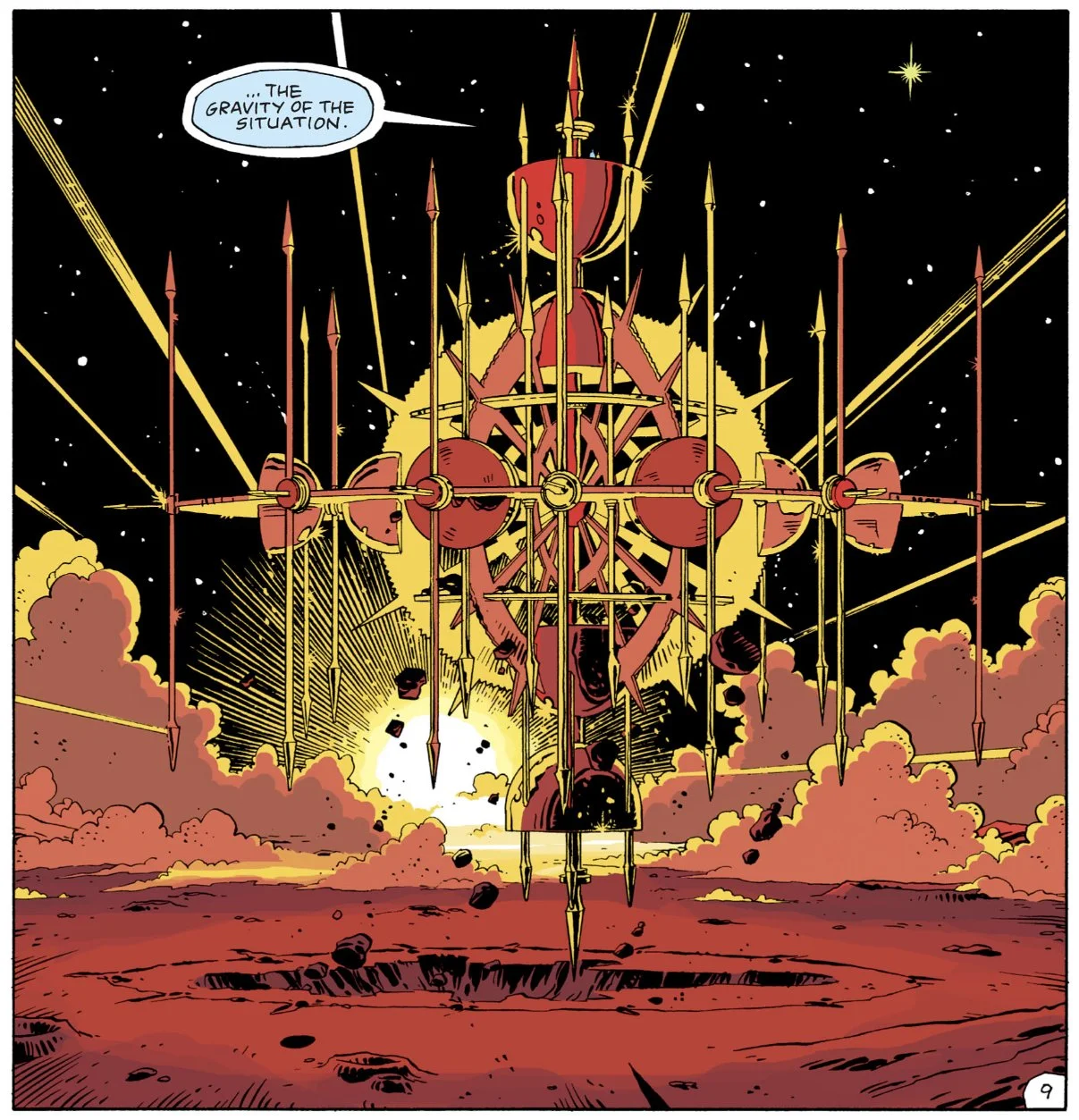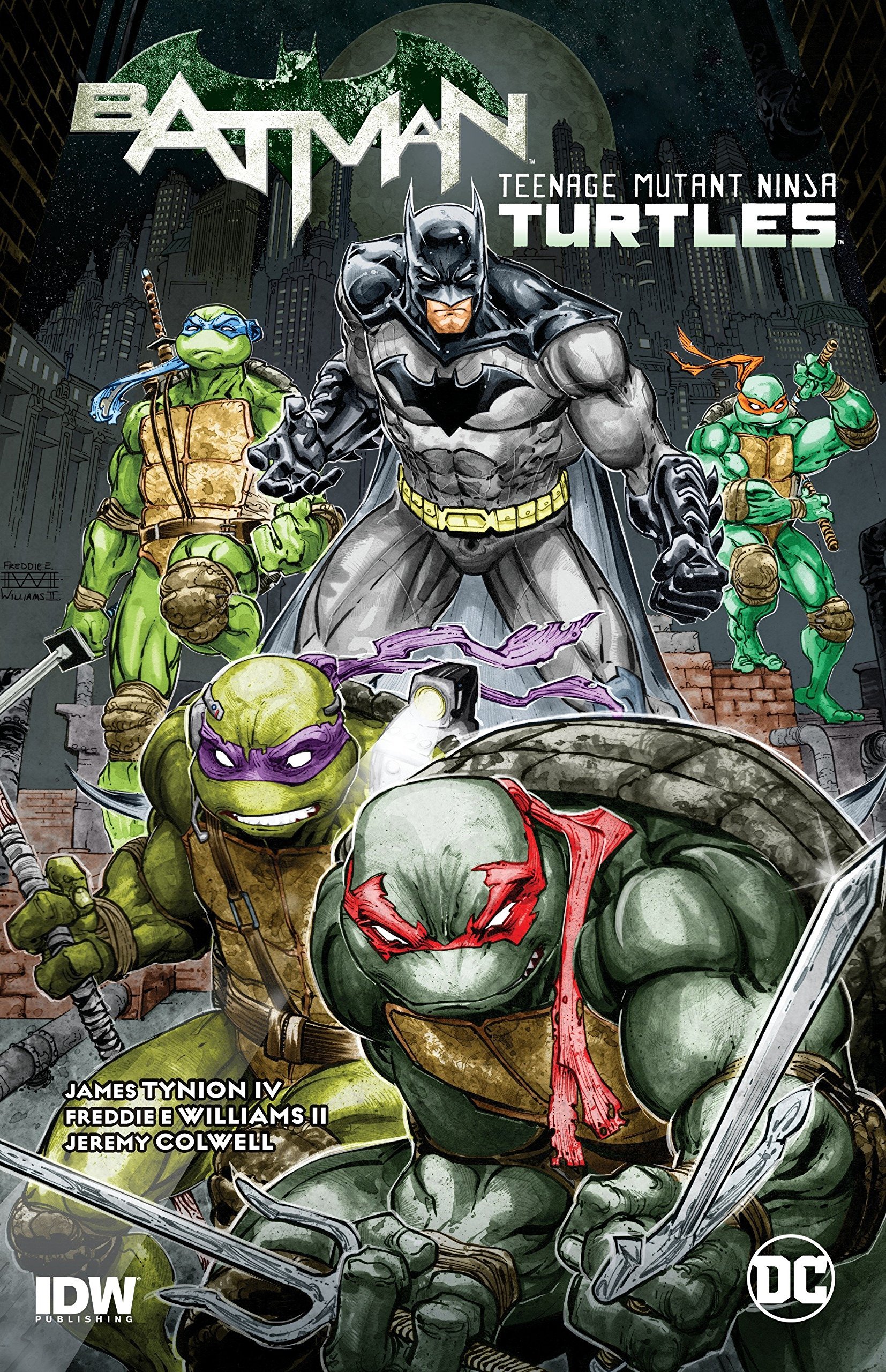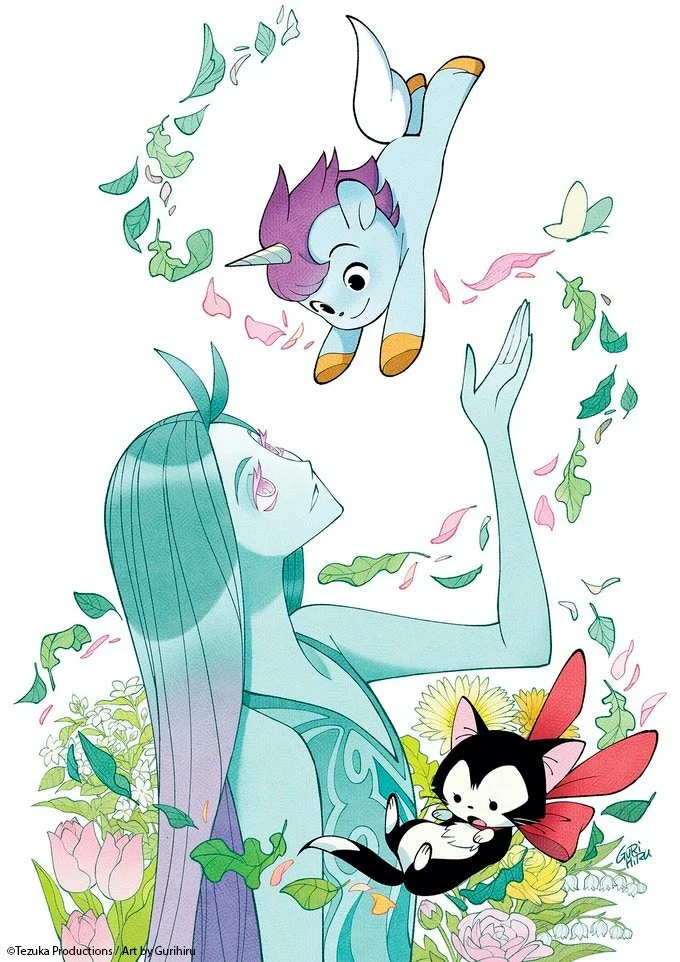Man Without Fear...By The Year: Daredevil Comics in 1996
By Bruno Savill De Jong — It’s 1996. The Prince and Princess of Wales get divorced, the Unabomber is arrested, Dolly the Sheep is successfully cloned, and the Pokémon franchise is born. People are listening to “No Diggity,” watching Scream and reading Daredevil.
Written by J.M. DeMatties (348-350), Ivan Velez, Jr. (350), John Rozum (351), Ben Raab (352), Karl Kesel (353-357, 359), Joe Kelly (358)
Illustrated Cary Nord (348-349, 353-357, 359), Ron Wagner (350), Shawn McManus (351-352), Rick Leonardi (354, 356), Sal Buscema (356), Pascual Ferry (358)
Inks by Bill Reinhold (348, 350), Al Williamson (349), Shawn McManus (351-352), Matt Ryan (353-357, 359), Art Thibert (358), Jaime Mendoza (358), Pascual Ferry (358)
Colors by Max Scheele (348-357), Ian Laughlin (357-359)
Lettered by Ul Higgins (348-349, 352-358), Jim Novak (350-351, 353-355, 359)
Daredevil has been through a lot. Aside from sporadic bursts of levity, Daredevil has fairly consistently been a relatively more mature and tough read since Frank Miller took over, each writer intent on putting Matt Murdock personally through the ringer. No wonder his mind recently disassociated into his light-hearted, Silver Age “Yellow Costume” persona. And now Matt shelters inside no identity, resting inside blank oblivion by turning his hyperactive super-senses off and staying in a catatonic state. Although Daredevil will emerge from the abyss in 1996 with a drastically different tone, re-energized after having sunk so low.
J.M. DeMatties hones the guilt and identity crises surround Matt around his repressed “original sin”; accidentally knocking a prostitute out of window as an enraged teenager following his father’s death. DeMatties takes this incident as a core act which has underlined Daredevil’s psyche ever since, tainting his quest for justice with blood. This element was only introduced in Frank Miller’s 1993 The Man Without Fear (which DeMatties justifies as Matt having “repressed” this memory), which itself ignored the Yellow Costumed that DeMatties frequently invokes, including when a mysteriously returned Stick sends Matt on a “vision quest” to battle his different identities and face his personal demons.
During these psychological deconstructions, DeMatties also drills down into Matt’s motivations, with him reflecting how he’s always loved the danger and violence of being a vigilante (the clue’s in the name) and has to curb this reckless instinct. Matt being a hero is the “selfless act of a selfish man,” someone who chooses to do better. DeMatties conjugates that being a “Man Without Fear” is not through denying fear – which Matt has done through hiding behind different personas and running off into the night – but by embracing them. Therefore, in Daredevil’s 350th issue, Matt heroically decides to stick with Karen Page and have an open-hearted conversation about his return, and embrace his different costumed selves to become “whole.” It’s only through this acceptance of his past mistakes, that Matt can finally be purged of them, and start to heal.
DeMatties may be somewhat melodramatic with these internal epiphanies – including Daredevil crying in the rain over the bleak life of the prostitute he accidentally killed – but his “ascent” is effective storytelling. It certainly seems to work for Matt. After DeMatties leaves, Daredevil’s self-advertised “new era” has an incredibly distinct tone, being far more light-hearted and jovial than the runs before it. Even the coloring by Christie ‘Max’ Scheele (who has been working on Daredevil since Frank Miller) feels lighter and more buoyant. Matt now makes constant banter with his supervillains, and seems genuinely happy with his life for the first time in a while.
Most of this is under the stewardship of Karl Kesel, who takes Daredevil outside of Matt’s headspace and into a more straightforward superhero comic. Honestly, Daredevil’s wisecracking one, as well as Liz Osborn becoming a supporting character and supervillains like Mysterio and the Enforcers turning up, turns Daredevil into a Spider-Man facsimile. Especially when Daredevil teams up with Spider-Man himself (albeit the Ben Reilly version after the Clone Saga).
Daredevil began as a similar book to Spider-Man, albeit differentiated from its relative “maturity” (being a lawyer instead of a high-schooler) and Matt’s more sexual edge (which remains here with his lovestruck murmurs to Karen Page). In-universe civilians have also noticed the similarities, seemingly annoyed – in what must be contemporary metacommentary against potential backlash – that Daredevil “used to be a guy who could really kick butt! Now he’s acting like some class clown!” But while Daredevil might have lessened its unique brooding identity, mixing up the book and bringing in some entertaining lightness is not without its benefits.
Plus, it’s not like Matt’s life is entirely free of trouble. This year introduced the major status quo change of having Matt’s long-suffering law partner Foggy Nelson finally discover the truth that Matt is Daredevil. Foggy, who has constantly been duped and overshadowed by Matt’s secret activities, is understandably upset, and even when they return to practicing law together Foggy is on the edge with his former best friend. (Matt himself easily handwaves away his faked death as part of a S.H.I.E.L.D. witness protection). Matt tries to compensate for his failings by going into business with Foggy’s idealized offer from top-notch attorney Rosalind “Razor” Sharpe, whose first assignment is defending Mr Hyde for murder.
Mr Hyde (and his partner Cobra) were some of Daredevil’s recurring foes throughout the Silver Age, making his return a throwback to that era, even if Hyde is far more towering and monstrous than he was then. Here, Hyde become an embodiment of evil, who sadistically details his intention to murder a teenage runaway inside his warehouse (even if he contends that he never went through with it). Matt must balance his loyalty towards the “innocent before proven guilty” law against his personal disdain for Hyde. The story gets somewhat derailed through a conspiracy involving The Enforcers, but it ends on a note of Daredevil calling in favours to keep tabs on the freed Hyde, having watchmen on the street to maintain his communal “guardian devil” angle in this era.
Daredevil’s street-bound importance comes into focus again due to Marvel’s “Heroes Reborn” event. This was when the Avengers and Fantastic Four had been presumably killed by Onslaught. In reality, this was because Marvel was on the edge of bankruptcy and out-sourced their major heroes for popular Image creators Rob Liefeld and Jim Lee to “reboot” them (which is where that iconic image of Liefeld’s Captain America comes from). “Heroes Reborn” was a short-lived project that was quickly ended and swept under the rug, but it is a fascinating relic of the troubles Marvel was undergoing at the time (they filed Chapter 11 at the end of 1996) and a precursor to other ventures like Ultimate Marvel.
Daredevil, however, was left behind. He wasn’t “important” enough to have major shake-ups like a clone replacing him (Spider-Man) or have his book cancelled and restarted. Matt questions if he can live up to the responsibility of being of New York’s remaining heroes, but Kesel’s answer seems to be to work the problem as it goes. Matt’s concerns about Karen Page’s mysterious new job – which turns out to be a host for Wilson Fisk’s radio station – are ultimately resolved with acceptance and encouragement. Matt recognises they are both just trying their best with the opportunities they have.
Kesel also uses the radio to frame the city’s perspective on Daredevil in “The Devil You Know” (Daredevil #359), offering outsider opinions on who Daredevil is, and why he does what he does. Through this, Kesel further brings Daredevil outside of Matt’s solipsistic headspace, instead focusing on what Daredevil means to the people around him. The stories of this era aren’t exceptional, but it is pleasant to read works less burdened by the angst of Daredevil’s turbulent lifestyle, and instead view him as an ambitious man who approaches his work and life with renewed flair.
Read classic Daredevil Comics!
Check out past installments from The Man Without Fear…By The Year!
Check out Bruno Savill De Jong’s last regular series, Gotham Central Case by Case!
Bruno Savill De Jong is a recent undergraduate of English and freelance writer on films and comics, living in London. His infrequent comics-blog is Panels are Windows and semi-frequent Twitter is BrunoSavillDeJo.













